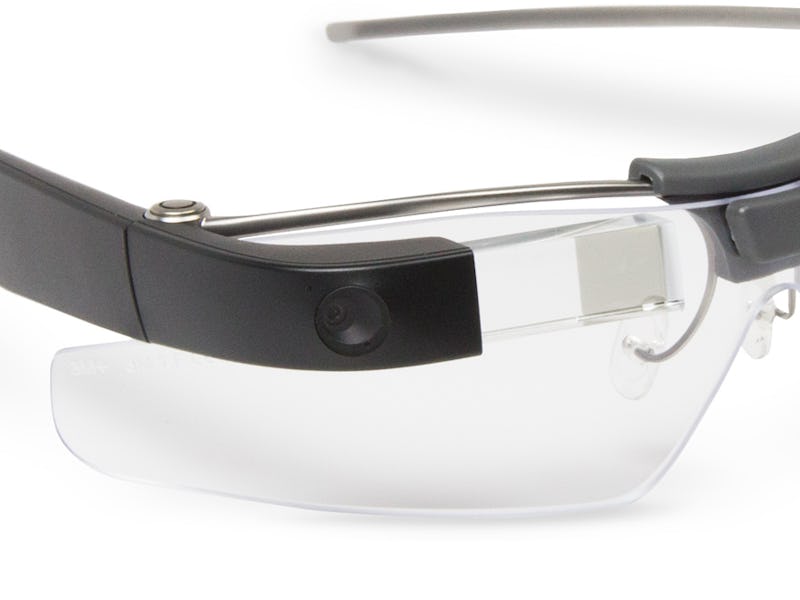Google Glass, a Formerly Stupid Gizmo, Retooled for American Workers
Will it fail like its predecessor?

The first iteration of Google Glass flamed out badly earlier this decade, and Google discontinued the head-mounted optical display back in 2015. But that wasn’t the end for Glass, as Google has remained convinced that a personal device possesses incredible potential to transform the way people live and work.
So Google went back to the drawing board, and it’s finally here with the successor version: Glass Enterprise Edition. The new device looks a lot like the old one, which became a lightning rod for mockery and sardonic quips about techies finding bold new ways to show their elitist disconnect with reality. But Glass EE is aimed squarely toward a very different demographic with a specific purpose. The hope is the device can help blue-collar workers make their day-to-day tasks in the factory or elsewhere safer and more efficient.
Glass EE is for professionals.
Whereas the original Glass was sold on a future-chic message of augmenting one’s social and personal life, Glass EE is focused squarely on the workplace.
On that front, Glass EE is likely to find success where the original Glass could not. A recent report issued by Forrester Research suggests around 14.4 million U.S. workers would probably wear smart glasses by 2025.
Based on all the previews for the upcoming device, here are the four biggest changes to Glass EE that makes it a better tool than its predecessor:
1. The Looks
Google wanted the original glass to look hip and stylish — something you could show off to friends to elicit attention and envious looks. It didn’t work. There were no shortage of “Glasshole” jokes on the internet that derided the idea you could wear Glass and not look like a douchebag.
Glass EE doesn’t strive for coolness. It knows what it is: a workplace tool. The new device looks more like factory safety glasses than anything else. And employees don’t take these home — they’re just for work.
2. The Feel
Glass EE is easy to wear with prescription glasses, which was an issue for the old version. The camera button also acts as a switch that lets the user move the electronic parts of the device (the Glass Pod) from the frame, which you can then connect to safety glasses. The weight of the device (Glass plus the frames) is about the same as a regular pair of glasses. Physically speaking, Glass EE is significantly more comfortable and easier to use than the original Glass.
3. Tech Specs!
Glass EE is supposed to make work more efficient. The device boasts faster and more reliable wifi, faster processing speeds, and stronger security. The battery life is better — ideal for eight-hour shifts in the factory. The camera is a pretty nice eight megapixels. In short, it’s a hardware improvement on almost all fronts.
4. It’s Not Just for Blue-Collar Workers
As Wired points out in its deep preview of Glass EE, the new device has an enormous potential to benefit other occupations as well. For the medical profession, the ability to pull up a patient’s information right on the headset, or stream a visit to another doctor for consultation could drastically reduce visit times. Professionals of all kinds could probably unearth a myriad applications for the new Glass EE.